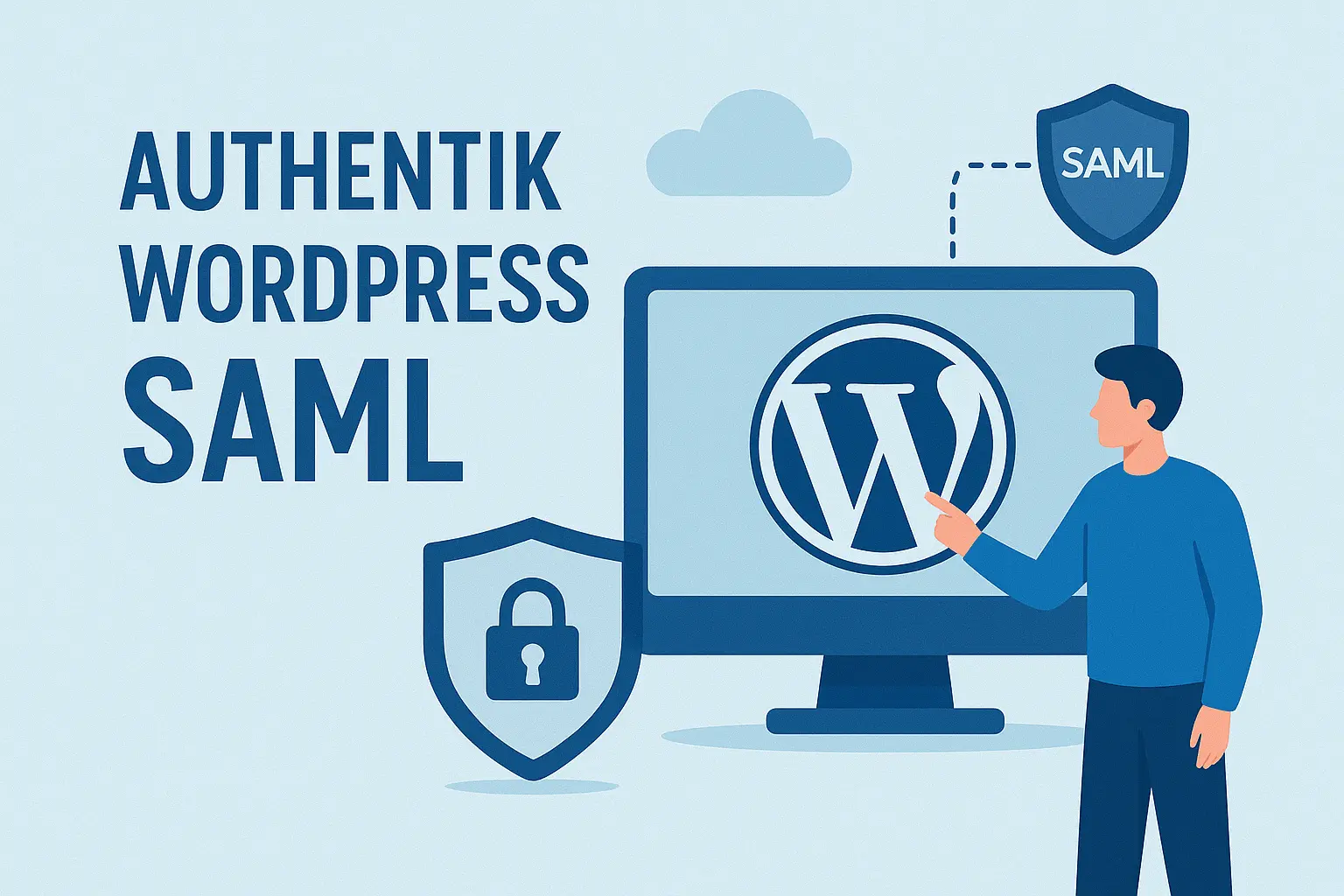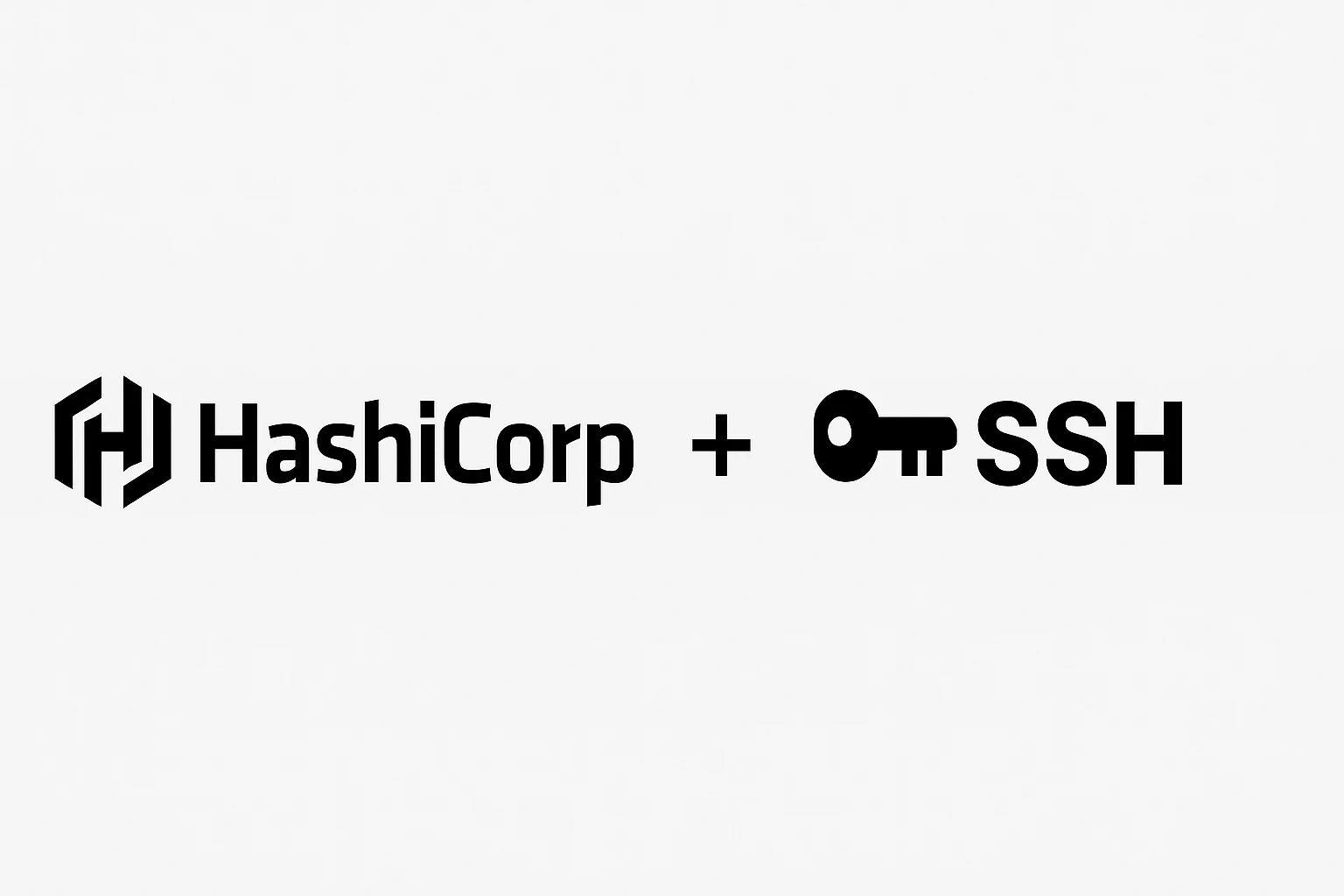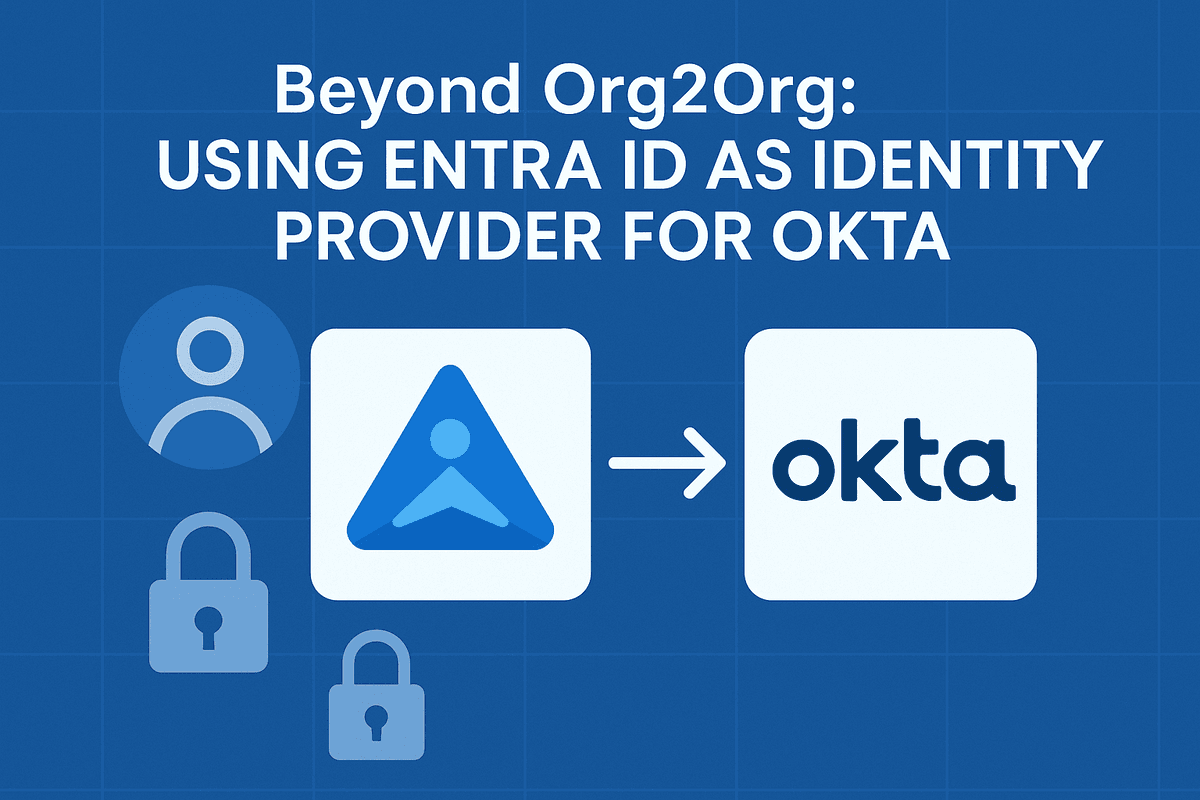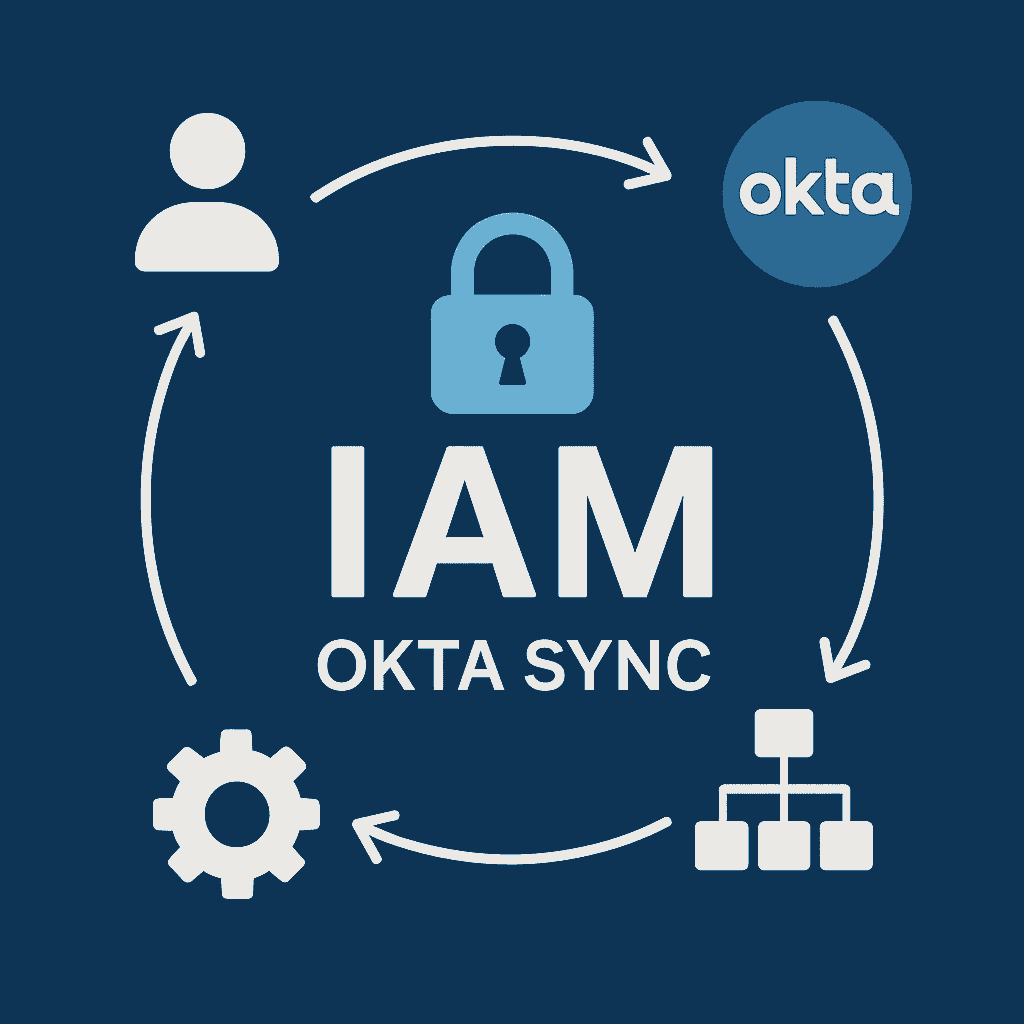Authentik is a powerful open-source Identity Provider (IdP) that enables Single Sign-On (SSO) access to web applications, content management systems, and SaaS platforms. This guide demonstrates integrating Authentik with WordPress using SAML 2.0 authentication.
Prerequisites
- Docker environment
- Running Authentik instance
- WordPress installation with admin access
- Basic understanding of SAML authentication concepts
Step 1: Configure WordPress SAML Plugin
Install MiniOrange SSO Plugin
- Navigate to Plugins > Add New in WordPress admin
- Search for “MiniOrange SSO”
- Install and activate the plugin
Collect Service Provider Metadata
- Go to WordPress Admin > MiniOrange SSO > Plugin Settings
- Copy the following URLs from Service Provider Metadata section:
- Issuer URL
- ACS (Assertion Consumer Service) URL
- Audience URL
Keep these URLs accessible – you’ll need them for Authentik configuration.
Step 2: Create SAML Provider in Authentik
Access Authentik Admin Interface
- Log into your Authentik admin panel
- Navigate to Providers > Create > SAML 2.0
Configure SAML Provider Settings
Basic Configuration:
- Name:
WordPress-SAML(or descriptive name) - Authorization Flow:
default-implicit-consent - ACS URL: Paste from WordPress plugin
- Issuer: Paste from WordPress plugin
- Service Provider Binding:
Post - Audience: Paste from WordPress plugin
Advanced Flow Settings:
- Invalidation Flow: Select
default-provider-invalidation-flow
Protocol Settings:
- Signing Certificate: Choose
authentik Self-signed Certificate - Enable: ✓ Sign assertions
- NameID Property Mapping:
authentik default SAML Mapping: Email
Save Configuration
Click Create to save the provider. Note the warning about no attached application – we’ll resolve this next.
Step 3: Create Authentik Application
Create New Application
- Navigate to Applications > Create
- Configure application settings:
- Name:
WordPress SSO - Slug:
wordpress-sso - Provider: Select the SAML provider created in Step 2
- Name:
Download Metadata
- Return to Providers and select your WordPress SAML provider
- Click Download Metadata to save the XML file
Step 4: Complete WordPress Configuration
Upload Metadata to WordPress
- Return to WordPress MiniOrange SSO plugin settings
- Navigate to Configure Service Provider
- Select Upload Metadata
- Upload the XML file downloaded from Authentik
- The plugin will automatically populate IdP settings
Test Configuration
- Click Test Configuration at the bottom of the plugin settings
- Successful test should display:
- “Test Successful” message
- Attribute mapping information
- Save your configuration
Step 5: User Management and Testing
Create Users in Authentik
- Navigate to Directory > Users > Create
- Create test user with valid email address
- Set temporary password for initial login
Configure Application Access
- Go to Applications > WordPress SSO
- Select Policy/Group/User Bindings
- Add user or group bindings as needed
- Configure any required access policies
Test SSO Flow
- Open new incognito/private browser window
- Navigate to WordPress login page
- Look for SSO login option or button
- Click SSO login – should redirect to Authentik
- Sign in with Authentik credentials
- Should redirect back to WordPress and auto-login
Troubleshooting Common Issues
SAML Response Issues
- Invalid signature: Verify certificate configuration
- Invalid destination: Check ACS URL matches exactly
- Clock skew: Ensure server times are synchronized
WordPress Plugin Issues
- No SSO button: Check plugin activation (premium) and configuration
- Attribute mapping: Verify email mapping in Authentik provider
- Permission errors: Ensure user has appropriate WordPress roles
Authentik Configuration Issues
- Application not accessible: Check user/group bindings
- Invalid metadata: Re-download and re-upload metadata files
- Flow errors: Verify authorization flow configuration
Security Considerations
Certificate Management
- Use proper SSL certificates in production
- Regularly rotate SAML signing certificates
- Monitor certificate expiration dates
Access Controls
- Implement least-privilege access policies
- Regular review of user and group assignments
- Enable logging and monitoring for SSO events
Network Security
- Use HTTPS for all communications
- Configure proper firewall rules
- Consider network segmentation for IdP infrastructure
Advanced Configuration Options
Attribute Mapping
Configure additional SAML attributes for:
- User roles and permissions
- Custom user metadata
- Group memberships
Multi-Factor Authentication
- Enable MFA requirements in Authentik flows
- Configure conditional access policies
- Implement risk-based authentication
This integration provides centralized authentication management, improved security through reduced password exposure, and enhanced user experience with seamless access to WordPress content.
Implementing Single Sign-On with Authentik and WordPress









